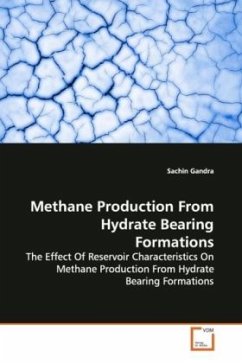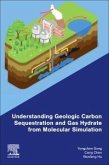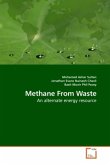Demand for natural gas is ever increasing and
according to DOE, by 2040, 10 Tcf/yr of gas has to be
imported. Interest in the potentially large deposits
of natural gas hydrates and hydrate capped gas
reservoirs is increasing because a conservative
estimate of gas hydrate reserve potential of US
exclusive economic zone is 200,000 Tcf. If 1% of this
were recovered, that would be greater than the
cumulative gas reserves of conventional gas sources
(1000-1500 Tcf). Even 1% production of this recovered
gas per year would make USA the exporter of gas.
Currently, most of the work is based on the
laboratory studies since an important part of
developing commercial gas production technology is
predicting the methane production rates for various
field operating scenarios using models.
The objective of the proposed work is to study the
effect of various reservoir properties (water
saturation, hydrate permeability, rock permeability,
thickness of the reservoir, porosity) on the
production of gas from a hydrate-bearing reservoir. A
mathematical model was developed to study production
concepts for natural gas hydrate accumulations.
according to DOE, by 2040, 10 Tcf/yr of gas has to be
imported. Interest in the potentially large deposits
of natural gas hydrates and hydrate capped gas
reservoirs is increasing because a conservative
estimate of gas hydrate reserve potential of US
exclusive economic zone is 200,000 Tcf. If 1% of this
were recovered, that would be greater than the
cumulative gas reserves of conventional gas sources
(1000-1500 Tcf). Even 1% production of this recovered
gas per year would make USA the exporter of gas.
Currently, most of the work is based on the
laboratory studies since an important part of
developing commercial gas production technology is
predicting the methane production rates for various
field operating scenarios using models.
The objective of the proposed work is to study the
effect of various reservoir properties (water
saturation, hydrate permeability, rock permeability,
thickness of the reservoir, porosity) on the
production of gas from a hydrate-bearing reservoir. A
mathematical model was developed to study production
concepts for natural gas hydrate accumulations.








